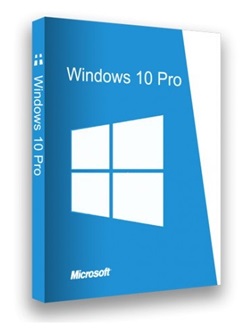Windows 10 is constantly receiving new releases that are available to users at no additional cost
Windows 10 is a series of personal computer operating systems produced by Microsoft as part of the Windows NT family of operating systems. It is the successor to Windows 8.1 and was released to production on July 15, 2015 and to retail on July 29, 2015. Devices in an enterprise environment may receive these updates more slowly or use long-term support milestones that receive only critical updates, such as security patches, during the ten-year extended support period.
, smartphones, embedded systems, Xbox One, Surface Hub and Mixed Reality
One of the most notable features of Windows 10 is support for Universal Apps, a Metro-style extension of apps first introduced in Windows 8. Universal apps can be designed to run across multiple Microsoft product families with nearly identical code, including PCs and tablets. The Windows user interface has been revised to transition between a mouse-oriented interface and a touchscreen-optimized interface based on available input devices, especially on 2-in-1 computers; both interfaces include an updated Start menu that combines elements of the traditional Windows 7 Start menu with elements of Windows 8, which also introduced the Microsoft Edge web browser, a virtual desktop system, a window and desktop management feature called Activity View, fingerprint support.
– RAM: 1 gigabyte (GB)
and facial recognition login, new security features for enterprise environments and DirectX 12. What’s New: – 0f7be1ef3562 Languages: Arabic, English, German, Greek, French, Spanish, Italian, Dutch, Portuguese-Portuguese, Portuguese-Brazilian, Turkish! System Requirements: – Processor: 1 Gigahertz (GHz) or higher.
– Free hard disk space: 16 gigabytes (GB)
– Graphics Card: Microsoft DirectX 9 or newer graphics device. – Additional requirements to use some features. – Touch capabilities require a tablet or monitor that supports multi-touch technology.




